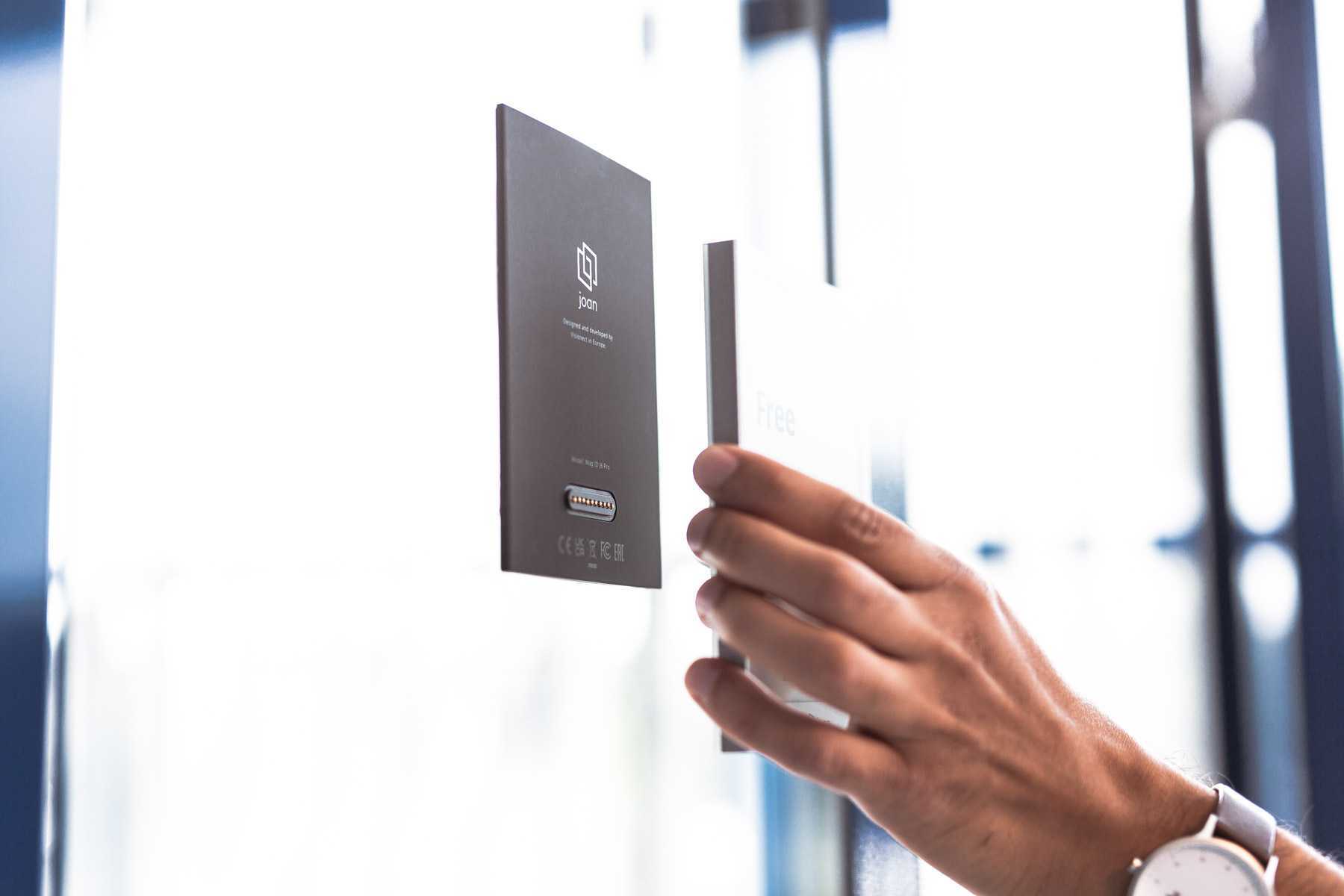Floods, fires, hurricanes, drought… All-natural disasters that happened in 2021 alone. More frequent natural calamities have been pushing the world toward sustainable practices. With the end of the UN climate change summit, many countries are more driven than ever.
We’ve all heard of “sustainable design” — designs that lower the consumption of natural resources and reduce waste. Most sustainable design strategies include the following:
- Dematerialization: reducing the total material and energy throughput of a product or service
- Remanufacture: the return of a product to its original pre-manufacturing state
- Recyclability: the ability for a material to be processed or used again
- Repairability: the degree a product can be repaired or maintained to increase its lifespan
- Reusability: the ability to reuse materials more than once in their current or original form
- Disassembly: the ease of disassembling products to reuse or recycle the parts
- Longevity: the length of a product’s life span before it needs to be decommissioned or replaced
- Efficiency: the natural resources a product requires to be manufactured or sustained
Although these points are all incredibly important when considering our impact on the environment, one element is missing: creative design.
Moving toward sustainability doesn’t mean we have to go back to the stone age and forego style, sleekness, and allure in place of sustainable practices. Instead, we have opportunities to find classy and sustainable solutions for the office environment.
Sustainability elevates design
Since the plastic boom of the 1940s and 1950s, products have been mass-produced, made from unsustainable materials that typically have a short lifecycle. In the later half of the 20th century, these short-lived products were destined for landfills. Most of the materials put into them were unrecyclable and couldn’t be repurposed.
What’s more, the energy used to make or even use these devices has left the planet laden with greenhouse gases. Since then, society has moved toward greener choices: shutting down computers and utilities during off-hours, turning off lights during off-hours, minimizing water usage, and supporting sustainable materials.
For more ideas on making sustainable office choices, check out our Sustainable office design 101 article.
In today’s age, clients and consumers are interested in sustainability. More often than not, the more sustainable a company is, the better the company’s image. In fact, 90 percent of CEOs agree that sustainability is fundamental for business success. Sustainability isn’t some crazy hype that will go away with time but is a growing concern.
Companies pursuing sustainable practices appear responsible and reliable, generating confidence and trust in their employees and clients alike. As outlined in our earlier article, a sustainable image often demonstrates
- A healthy community
- A sense of caring
- Strong values
- Forward-thinking aims
The plethora of sustainable technologies is growing by the day, giving companies more and more options to build sustainable workspaces. However, keep in mind that going green doesn’t mean forgoing style.
For example, let’s have a look at the Joan 6 Pro meeting room booking system...
Joan 6 Pro: doing well by doing good
Joan is one of those forward-thinking companies that incorporate style with their environmentally-friendly products. The e-ink displays with the fine trim and virtually wireless mounting add class to any workplace.
However, by focusing on electronic paper displays, along with an overall low-power design, Joan displays are incredibly efficient.
Take Apple computers for example. Yes, Macbooks are now primarily manufactured out of recyclable and reusable materials, yet they still need recharging every few hours of use. On the other hand, Joan displays last months on a single charge while connecting to Wi-Fi and fetching real-time content updates.
Rarely are devices built to be energy efficient from the start. Since their conception, Joan displays have been designed to use 99 percent less energy than their LCD counterparts. The Joan 6 Pro display includes a touchscreen and lasts up to six months on a single charge whereas LCD office displays typically need to be connected to continuous power.

What’s more, Joan 6 Pro is made with sustainable materials, including aluminum and glass, further minimizing the device’s environmental footprint. Glass is manufactured using natural resources and energy-efficient processes. As for aluminum, each time the metal is melted, its properties stay the same, making it infinitely recyclable. Additionally, each Joan display is efficiently packed in fully-recyclable cardboard.
Let’s have a look at longevity. Each and every Joan display is designed to last at least five years with a failure rate of only 0.63% — the lowest in the industry. When it is eventually time to retire your Joan display, the device’s simple structure makes it easy to disassemble for parts to reuse or recycle, further reducing Joan’s environmental footprint.
Now for the cherry on top. In 2021, Joan took the initiative to start planting one tree for every Joan device sold. A single mature tree can remove 48 pounds of carbon dioxide from the Earth’s atmosphere per year. Consider this: one year's worth of Joan-planted trees, once they reach maturity, can help remove several million pounds of CO2 from the atmosphere per year.
To learn more, have a look at Joan’s sustainability commitments.
Joan’s “green” branding isn’t just for show — we actually live it. From the start, our devices have been some of the most energy-efficient options on the market. Moving forward, we have our eyes set on further minimizing our environmental impact and helping the planet heal.
To learn more, check out our line of e-ink, power-efficient office solutions.
Insights that keep your office running smoothly
Fresh content on productivity, space management, and the future of work. Perfect for managers, admins, and busy teams.
Join thousands of workplace professionals who already read the Joan blog. Unsubscribe anytime.